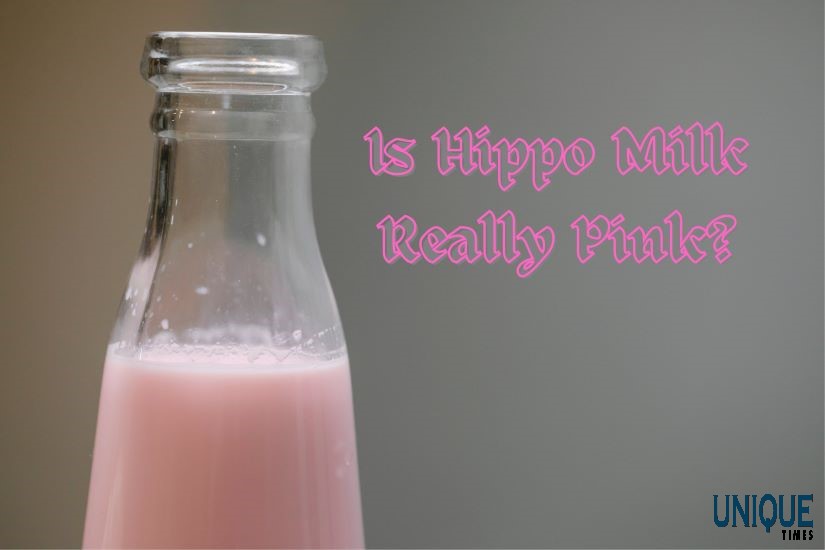The Pink Mystery: Unraveling the Truth Behind Hippo Milk

Hippopotamuses, often referred to as hippos, are known for their formidable presence in the wild. While their massive size and aquatic lifestyle are fascinating, there’s a curious and somewhat whimsical aspect that sparks intrigue— the color of hippo milk. Rumors have circulated that hippo milk is pink, and the reality behind this phenomenon is indeed a captivating tale.
1. Setting the Record Straight: Contrary to popular belief, hippo milk is not naturally pink. The idea of pink hippo milk has been perpetuated by a misinterpretation of observations made by researchers and wildlife enthusiasts. The truth lies in the chemistry of the milk and the peculiar behavior of hippos.
2. The Hippo Secretion: Hippo milk is, in fact, a unique secretion rather than what we traditionally think of as milk. Female hippos produce a pinkish fluid from specialized glands, often called “blood sweat” due to its reddish appearance. This secretion serves as a moisturizer and sunblock for the sensitive skin of hippos, who spend a significant amount of time submerged in water.
3. The Pink Hue: The pink hue of the secretion is a result of the interaction between the hippo’s skin and the pigments present in the fluid. When the secretion is exposed to air, it darkens and takes on a reddish or pinkish color. While this phenomenon is intriguing, it’s important to note that this secretion is not what nourishes baby hippos.
4. Nutritional Role of Milk: Like other mammals, female hippos do nurse their offspring with actual milk, which is white in color. The milk provides essential nutrients and antibodies crucial for the survival and development of the baby hippos. However, the milk production is relatively low compared to other large mammals.
5. Hippo Parental Care: Hippo calves are dependent on their mothers for several months, and the maternal care they receive is a testament to the strong bond between mother and calf. In the water, baby hippos often ride on their mothers’ backs, a behavior that not only keeps them close but also offers protection from potential predators.
6. Conservation Significance: Understanding the intricacies of hippo milk, even the misleading notion of its color, sheds light on the unique adaptations of these semi-aquatic mammals. As hippos face various conservation challenges, including habitat loss and poaching, gaining insights into their biology becomes crucial for conservation efforts.
7. The Enigmatic Hippo: Beyond the fascination with the color of their milk, hippos remain enigmatic creatures. Their role in shaping aquatic ecosystems, their territorial behaviors, and their surprising agility in the water contribute to the allure that surrounds these African giants.
In conclusion, the pink mystery of hippo milk adds a quirky dimension to the already captivating world of wildlife. While the truth dispels the myth of naturally pink milk, it opens a window into the peculiar adaptations of hippos in their natural habitat. The next time you encounter the playful antics of these creatures, remember that even the seemingly whimsical aspects of nature have a story to tell.
Picture Courtesy: Google/images are subject to copyright








